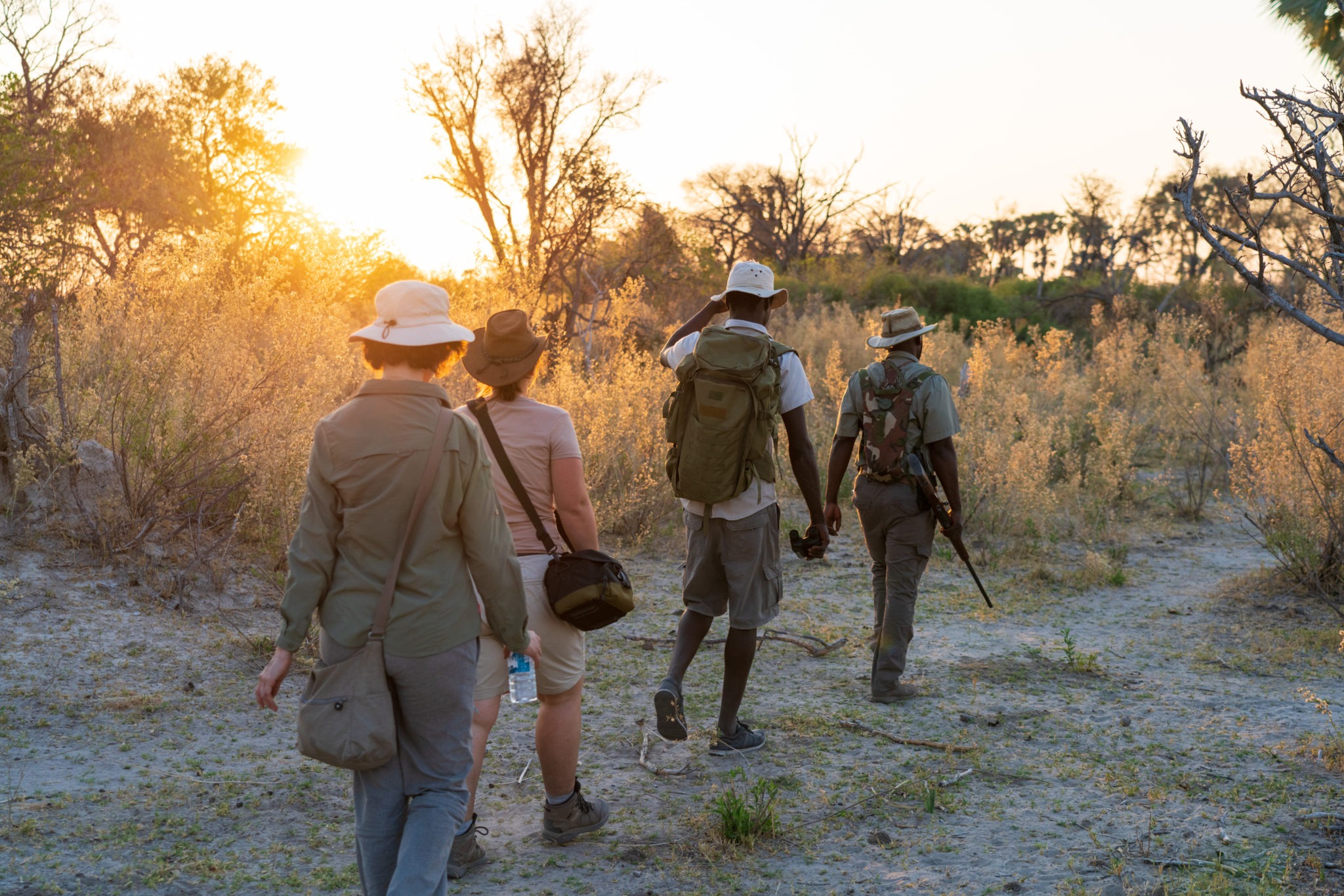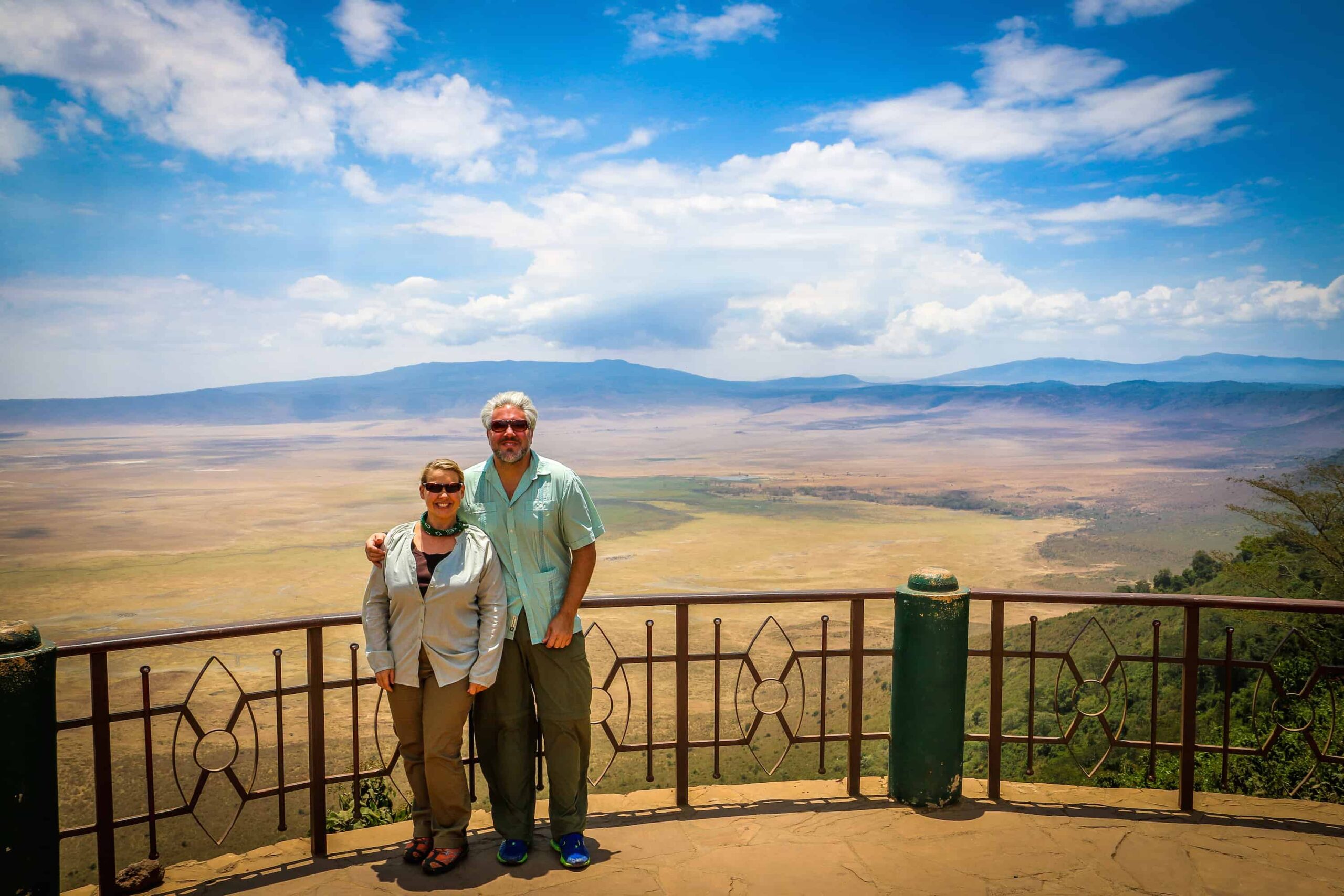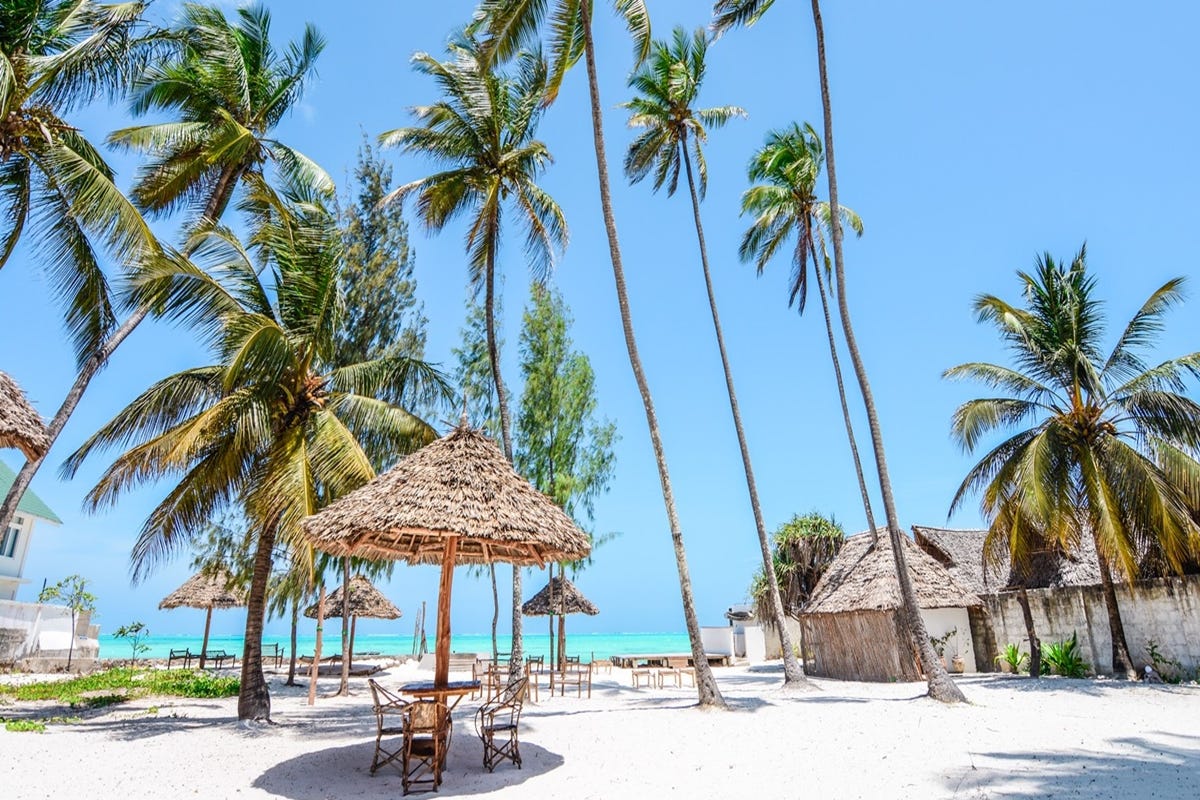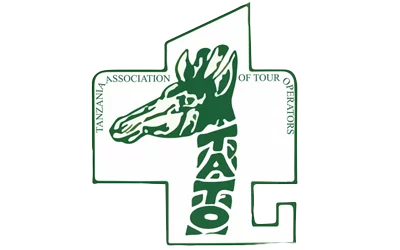Introduction
Embarking on a journey to conquer Mount Kilimanjaro, Africa’s highest peak, is a dream for many adventure seekers. To ensure a successful and safe ascent, it’s crucial to equip yourself with the right gear. In this comprehensive guide, we’ll explore the essential Kilimanjaro hiking gears that you must have for this remarkable adventure.
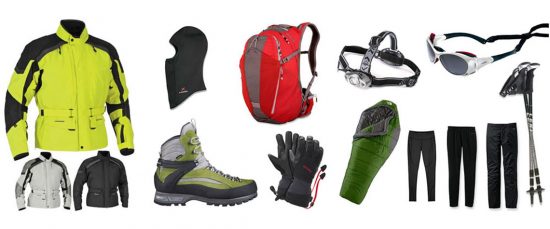
Packing for Kilimanjaro: The Must-Have Gear
What Are the Kilimanjaro Hiking Gears That One Must Have?
Before we delve into the specifics, let’s outline the must-have Kilimanjaro hiking gears:
| Category | Gear |
| Footwear | Sturdy hiking boots |
| Clothing | Layered clothing |
| Outerwear | Waterproof and windproof jacket |
| Accessories | Hat, gloves, and sunglasses |
| Backpack | Quality daypack |
| Sleeping Gear | Insulated sleeping bag and pad |
| Headlamp | Reliable headlamp |
| Hydration | Water bottles and a purification system |
| Nutrition | High-energy snacks and meals |
| Trekking Poles | Adjustable trekking poles |
| Toiletries | Personal hygiene items |
| First Aid Kit | Essential medical supplies |
| Navigation | Map, compass, and GPS device |
| Documentation | Passport, permits, and tickets |
| Electronics | Camera, power bank, and charging cables |
| Altitude Gear | Diamox and oxygen |
| Summit Gear | Gaiters, crampons, and ice axe |
With these essentials, you’ll be well-prepared for your Kilimanjaro expedition.
Footwear: The Foundation of Your Journey
One of the most crucial Kilimanjaro hiking gears is your footwear. Your hiking boots should be sturdy, waterproof, and comfortable. Invest in a high-quality pair that has excellent ankle support to prevent sprains or injuries during the challenging trek.
Clothing: Layer Up for Varied Conditions
Kilimanjaro’s climate can change rapidly as you ascend. Layering your clothing is the key to staying comfortable. Make sure to pack moisture-wicking base layers, insulating mid-layers, and a waterproof outer layer to protect against rain and wind.
Outerwear: Defying the Elements
A waterproof and windproof jacket is a lifesaver when you face unexpected rain or strong winds on the mountain. Choose a breathable jacket to avoid overheating during strenuous hikes.
Accessories: Protect Your Extremities
Don’t forget to pack a hat, gloves, and sunglasses. They shield you from the sun’s harsh rays and keep you warm in colder temperatures.
Backpack: Carry Your Essentials
A quality daypack is essential to carry your daily necessities, such as water, snacks, clothing layers, and important documents.
Sleeping Gear: Rest Comfortably
Ensure a good night’s sleep with an insulated sleeping bag and pad. Kilimanjaro’s nights can get frigid, and these items provide warmth and comfort.
Headlamp: Light Your Way
A reliable headlamp is a must, especially during night hikes or in camp. It’s your beacon of light in the dark.
Hydration: Stay Quenched
Water is life, and it’s no different on Kilimanjaro. Carry water bottles and a purification system to stay hydrated safely.
Nutrition: Fuel Your Adventure
High-energy snacks and meals keep your energy levels up, crucial for the physically demanding trek.
Trekking Poles: Balance and Support
Invest in adjustable trekking poles to provide balance and support, reducing the strain on your knees and legs.
Toiletries: Stay Fresh
Personal hygiene items like wet wipes and toilet paper are essential for maintaining hygiene throughout the journey.
First Aid Kit: Be Prepared
Carry an essential first aid kit with medical supplies to address minor injuries and illnesses.
Navigation: Find Your Way
A map, compass, and GPS device are essential for navigating the diverse landscapes of Kilimanjaro.
Documentation: Your Pass to Adventure
Keep your passport, permits, and tickets safe in a waterproof pouch. These documents are your ticket to a memorable adventure.
Electronics: Capture Memories
Pack a camera to document your journey, a power bank, and charging cables to ensure your electronics stay powered.
Altitude Gear: Conquering High Altitudes
For high altitudes, consider Diamox to prevent altitude sickness, and oxygen for emergencies.
Summit Gear: Tackling the Peak
As you approach the summit, gaiters, crampons, and an ice axe become crucial for navigating the challenging terrain.
FAQs
- Do I need special hiking boots for Kilimanjaro? Absolutely. Sturdy, waterproof hiking boots with excellent ankle support are essential to tackle the challenging terrain.
- How cold does it get on Kilimanjaro at night? Nighttime temperatures can drop significantly, often reaching below freezing, so a warm sleeping bag and pad are vital.
- Is it necessary to use trekking poles? While not mandatory, trekking poles provide support and reduce strain, making your trek more comfortable.
- Do I need altitude medication for Kilimanjaro? It’s advisable to consult with a medical professional and consider using Diamox to prevent altitude sickness.
- Can I rent some of the gear locally? Yes, you can rent some gear in Arusha or Moshi, but it’s best to bring essential items for a comfortable and safe journey.
- How physically demanding is the Kilimanjaro trek? The trek varies in difficulty, but it’s essential to be in good physical shape to handle the high altitude and long hours of hiking.
Conclusion
Conquering Mount Kilimanjaro is a remarkable achievement, but it comes with its own set of challenges. Being well-prepared with the right Kilimanjaro hiking gears is crucial for a safe and enjoyable journey. From footwear to altitude gear, each item plays a vital role in your success. So, pack wisely and embark on this incredible adventure with confidence!
Read what other people say about Safari Nuggets on TripAdvisor, read our Kilimanjaro packing list.

